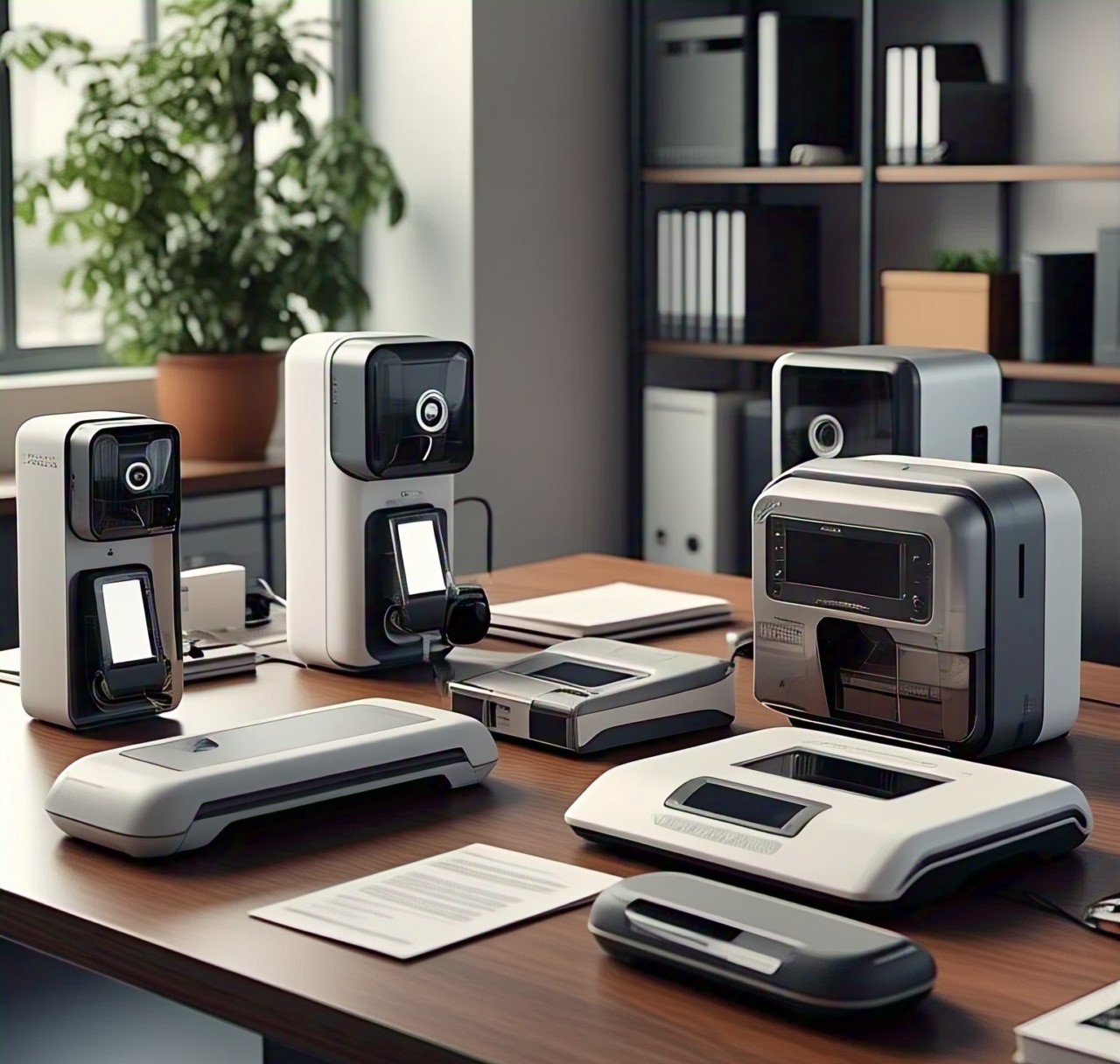
Choosing the right computer scanner depends on your specific needs, whether it’s for digitizing documents, photos, artwork, or specialized projects. Here’s a step-by-step guide to help you pick the best scanner:
Determine Your Primary Use Case
Home/Office Documents: Scanning receipts, contracts, or multi-page reports.
Photography/Artwork: High-resolution scans of photos, negatives, or illustrations.
Books/3D Objects: Flatbed scanners for bulky items or delicate materials.
Portability: Compact scanners for travel or on-the-go digitization.
Business Efficiency: High-volume scanning with automatic document feeders (ADF).
Types of Scanners
Flatbed Scanners:
Pros: Versatile for photos, books, and fragile items.
Cons: Bulkier, slower for multi-page scans.
Best for: Artists, archivists, or mixed media.
Sheet-Fed Scanners:
Pros: Fast scanning with ADF (e.g., 20–50 pages/min).
Cons: Not suitable for books or thick items.
Best for: Offices digitizing large volumes of documents.
Portable Scanners:
Pros: Lightweight, USB/wireless, battery-powered.
Cons: Limited resolution and features.
Best for: Travelers or mobile professionals.
Photo/Negative Scanners:
Pros: High resolution (4800+ DPI), film/slide adapters.
Cons: Expensive, niche use.
Document Cameras (Overhead Scanners):
Pros: Scan books, 3D objects, or whiteboards.
Cons: High cost, specialized use.
Key Features to Consider
Resolution (DPI):
300–600 DPI: Sufficient for text/docs.
1200–4800+ DPI: Essential for photos, art, or film.
Color Depth:
24-bit (standard) vs. 48-bit (professional color accuracy).
Speed:
Pages per minute (PPM) for sheet-fed scanners.
Connectivity:
USB, Wi-Fi, Ethernet, or cloud integration.
Software:
OCR (text recognition), PDF creation, editing tools (e.g., Adobe Acrobat, VueScan).
Document Feeder (ADF):
Capacity (e.g., 50–100 sheets) for hands-free scanning.
Duplex Scanning:
Automatic double-sided scanning.
Budget Considerations
Budget (<$100): Basic flatbeds (Epson Perfection V39) or portable scanners.
Mid-Range (100–300): High-resolution flatbeds (Canon CanoScan 9000F) or sheet-fed scanners.
Premium (300–1,000+): Professional photo/negative scanners (Epson Perfection V850) or A3-sized flatbeds.
Enterprise (>$1,000): High-speed document scanners (Fujitsu ScanSnap fi-8170).
Top Brands & Reliability
Flatbed/Photo Scanners: Epson, Canon, HP.
Document Scanners: Fujitsu, Brother, Kodak.
Portable Scanners: Doxie, Xerox.
Professional/Art Scanners: Plustek, Epson Expression.
Example Recommendations
Home/Office Docs: Fujitsu ScanSnap iX1600 (wireless, ADF, duplex).
Photographers: Epson Perfection V600 (6400 DPI, film scanning).
Portable Use: Doxie Go SE (battery-powered, pocket-sized).
Book Scanning: CZUR ET24 Pro (overhead scanner with AI enhancement).
Final Tips
Test Scan Quality: Check for color accuracy and sharpness.
Check Compatibility: Ensure drivers work with your OS (Windows/macOS/Linux).
Energy Efficiency: Look for ENERGY STAR certification for eco-friendly models.
Warranty & Support: Opt for 1–3 years of coverage.
By matching your scanning needs, volume, and budget to the right features, you’ll find a scanner that streamlines your workflow and preserves your work digitally. 📄✨
